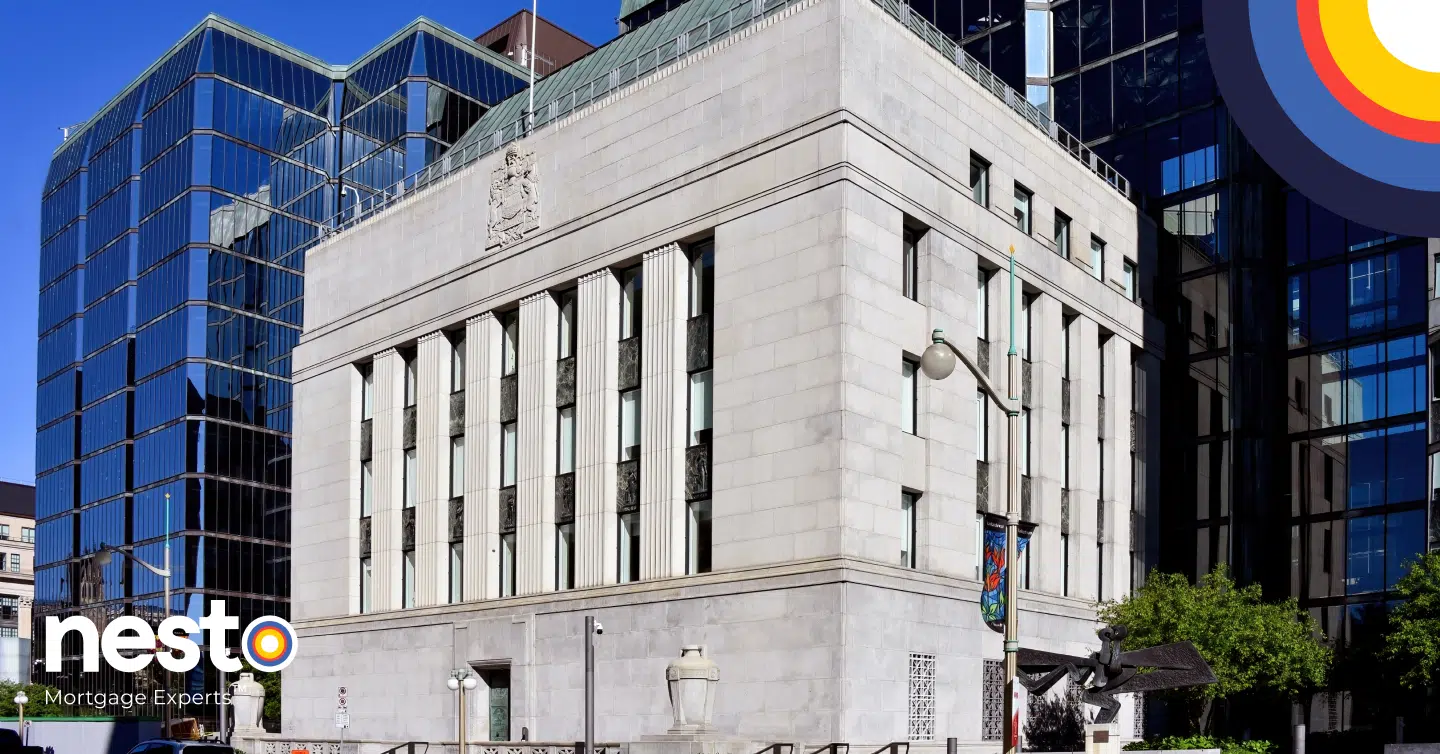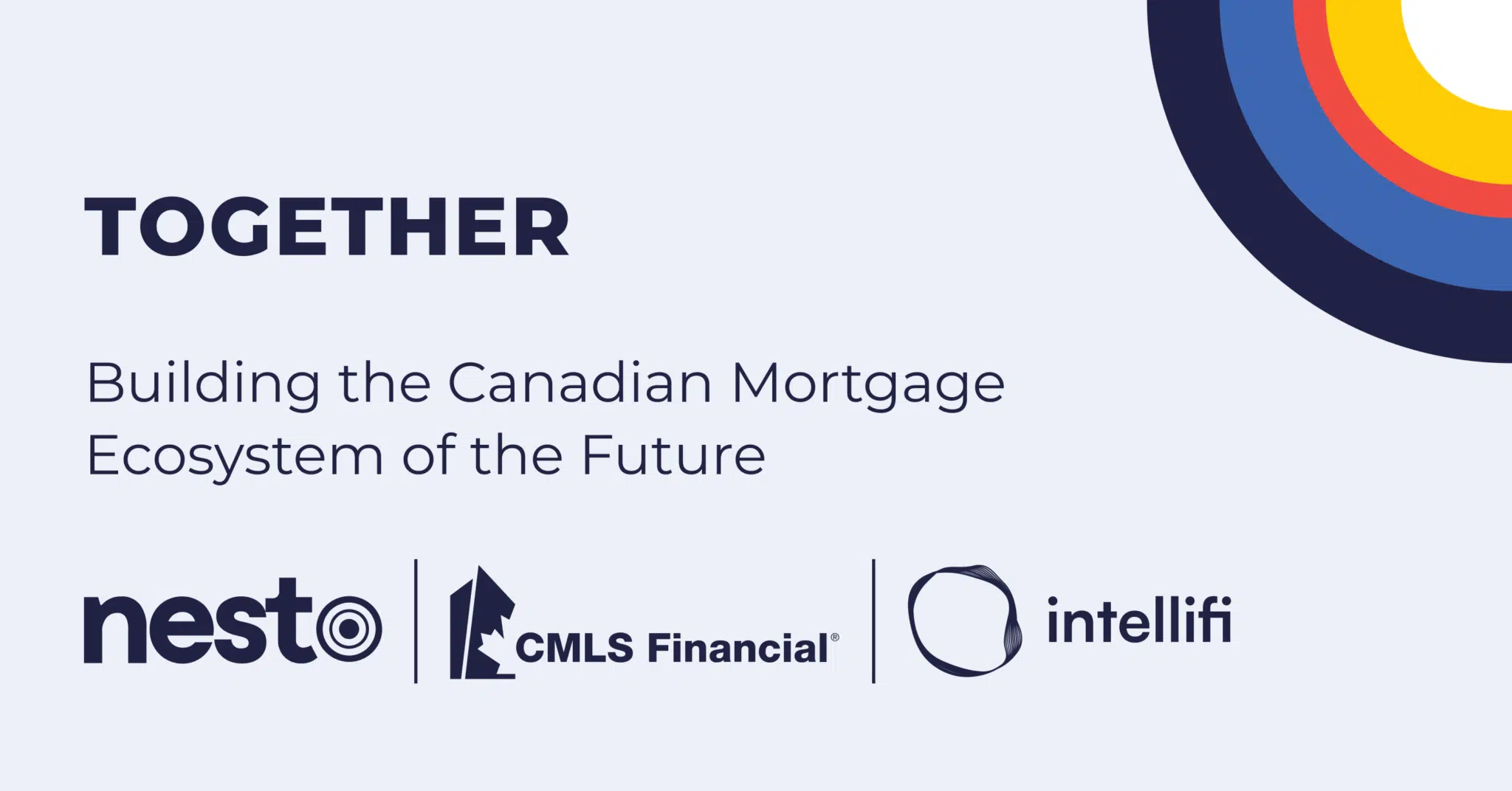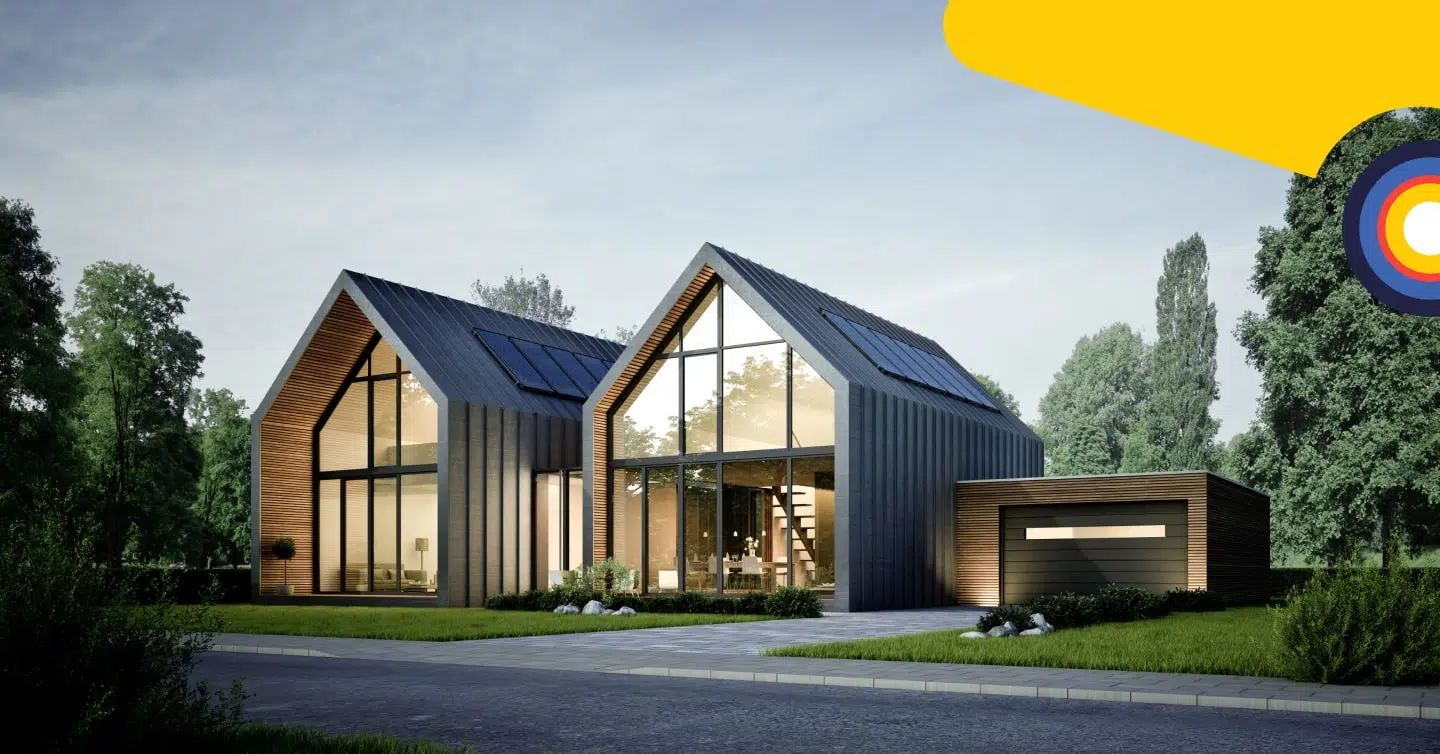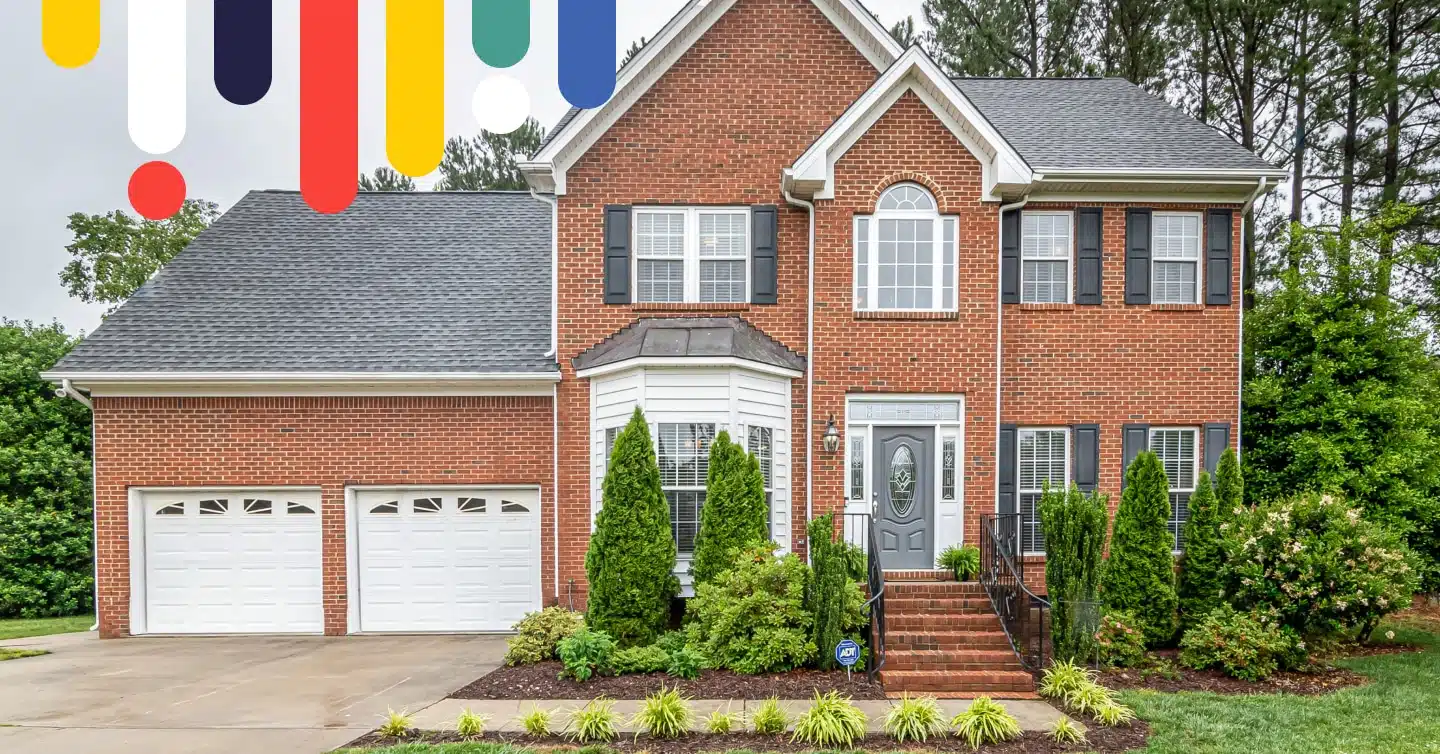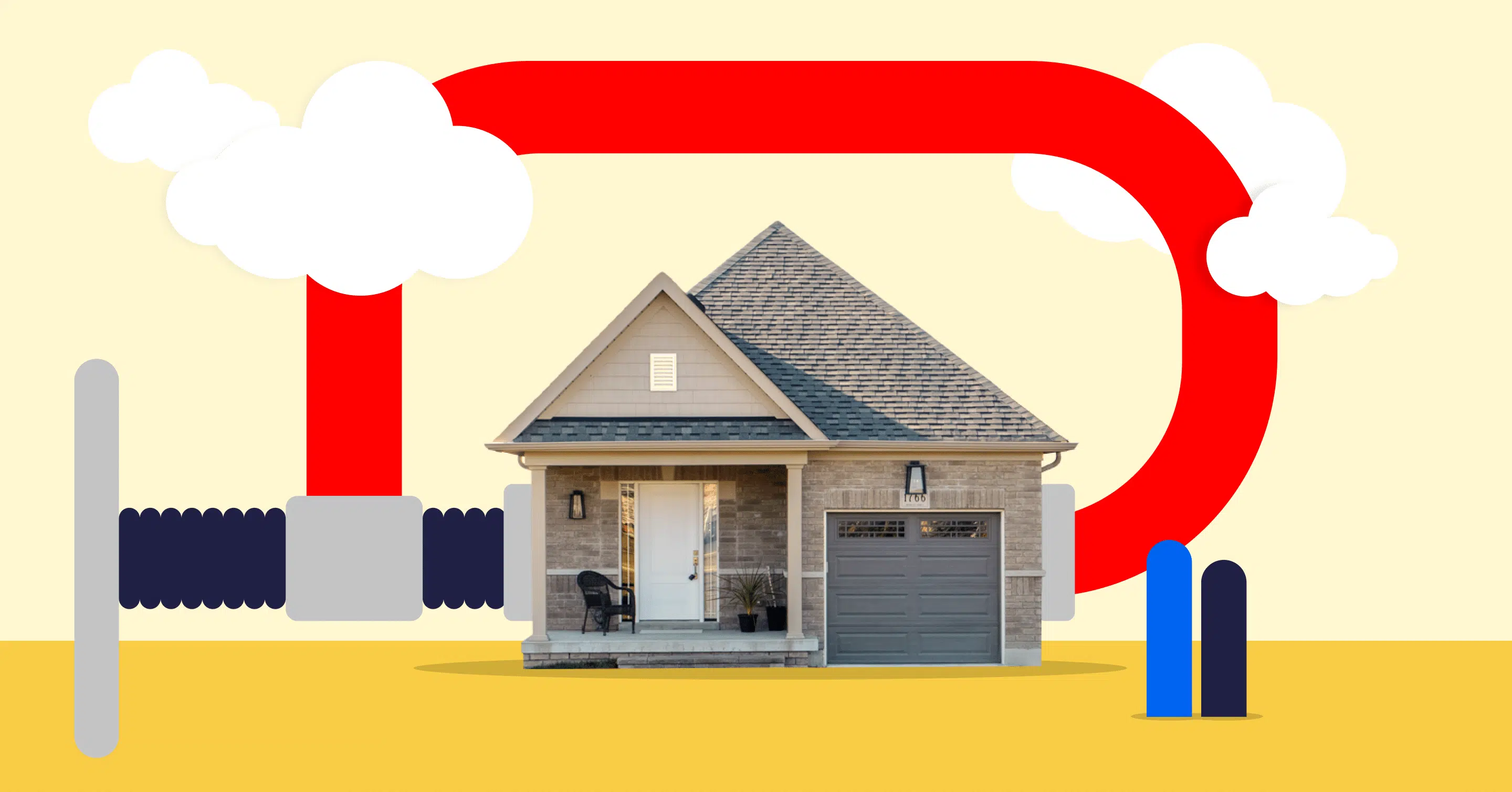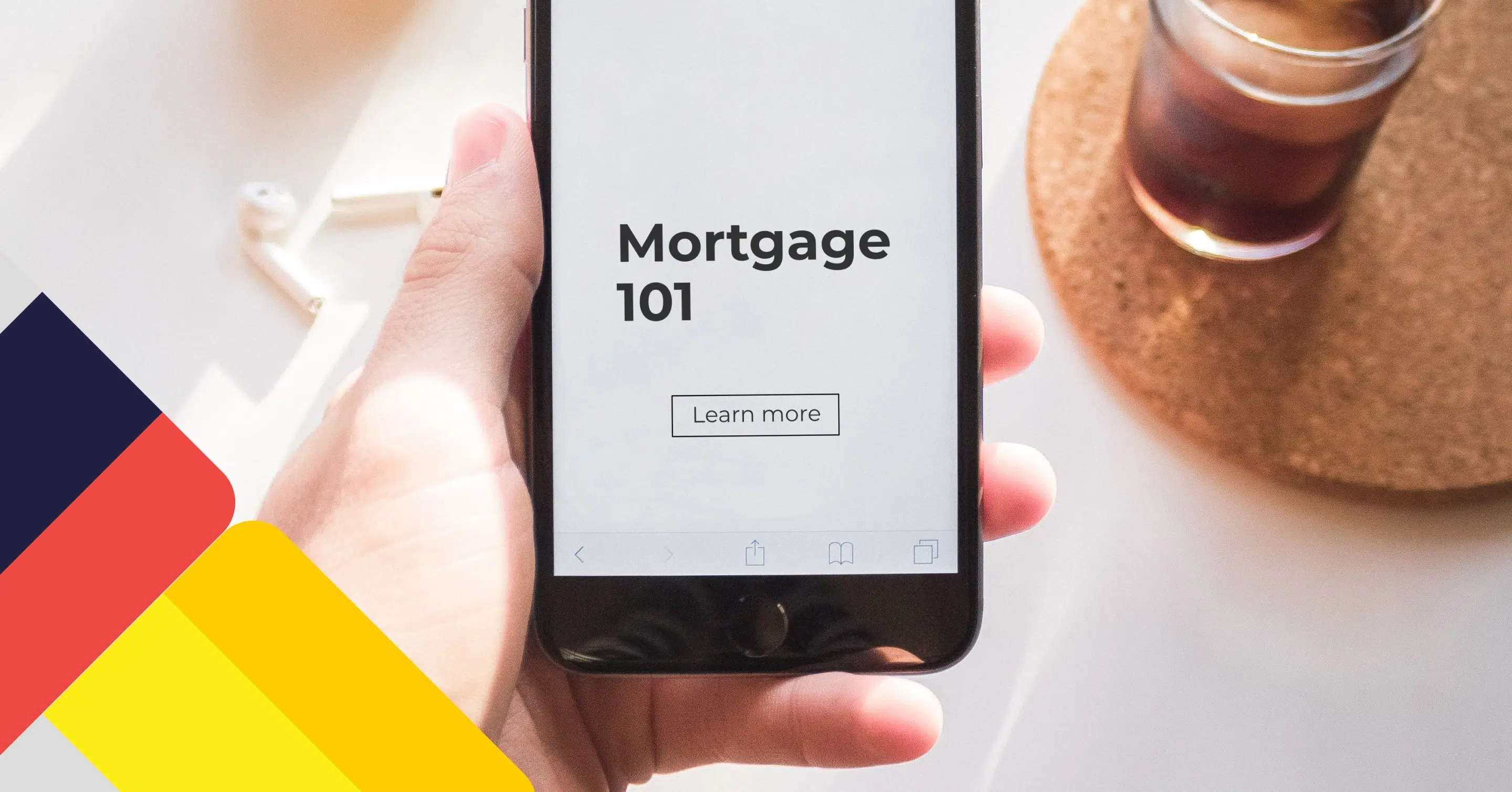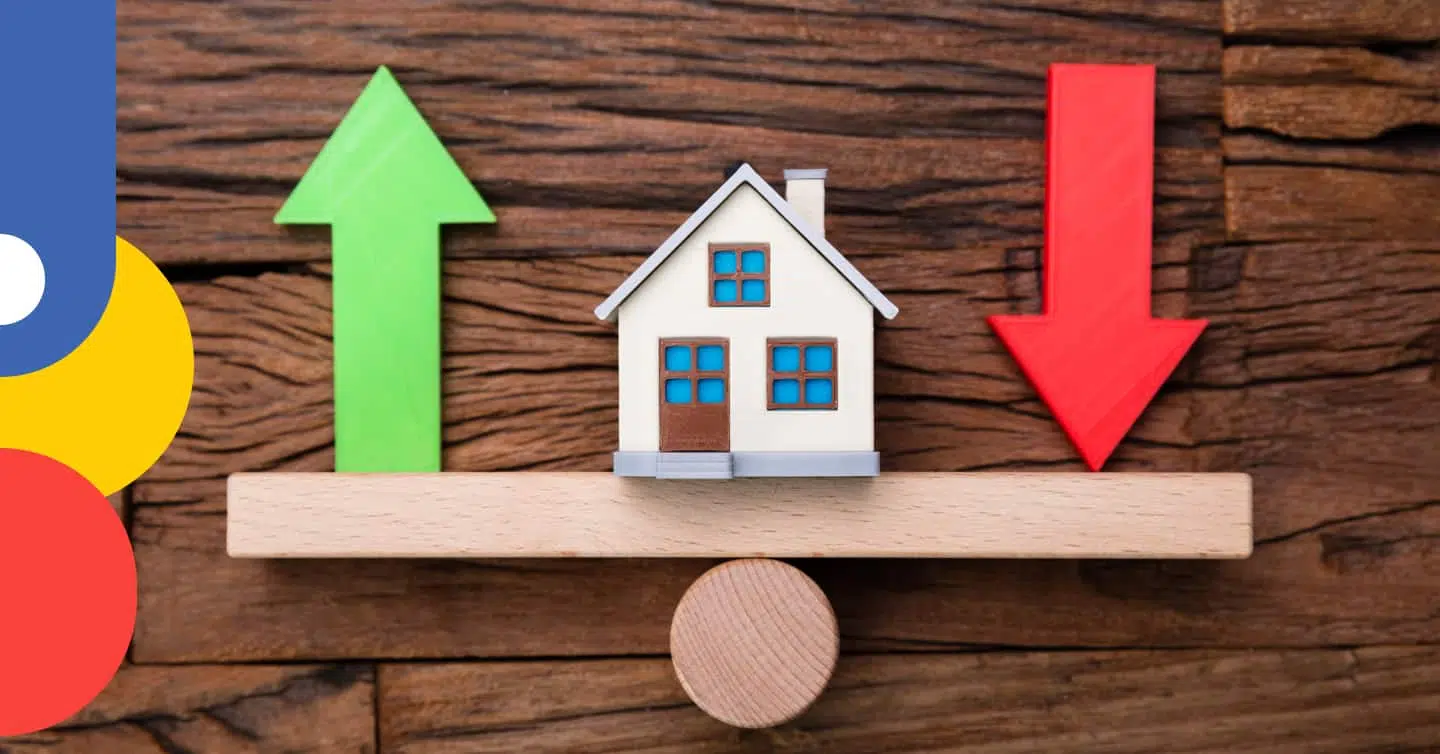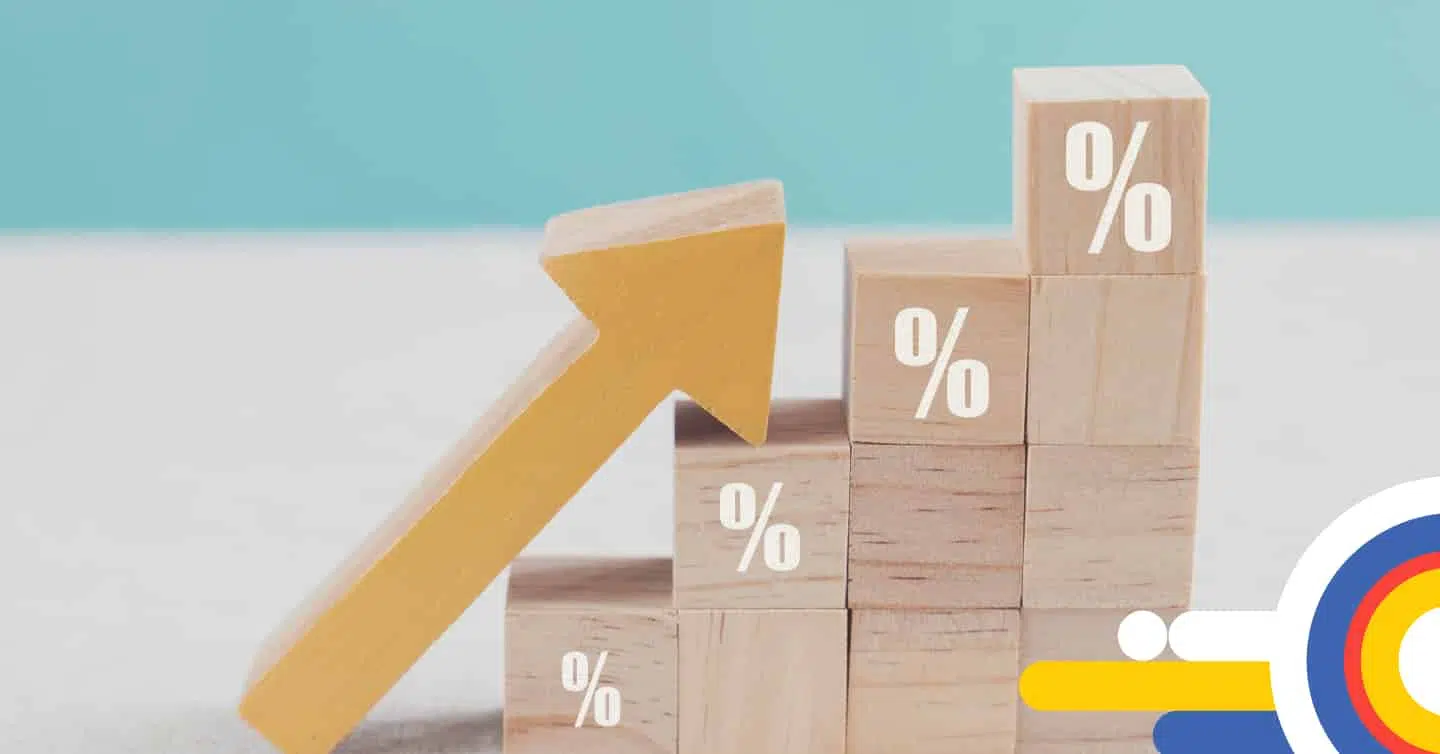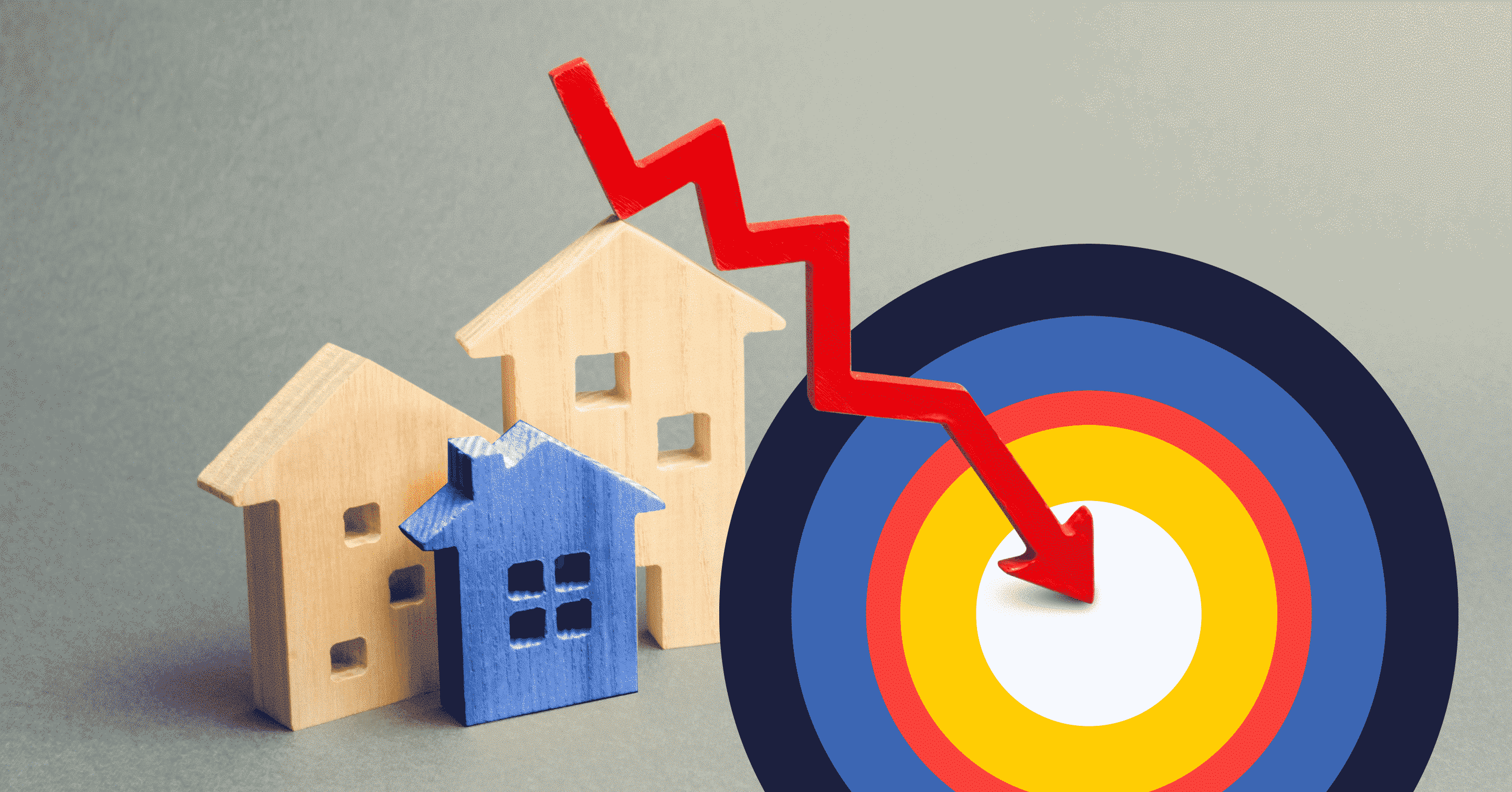Renewal and Refinancing #Loan Types
Renewal and Refinancing #Loan Types
Options to Finance Your Home Renovations
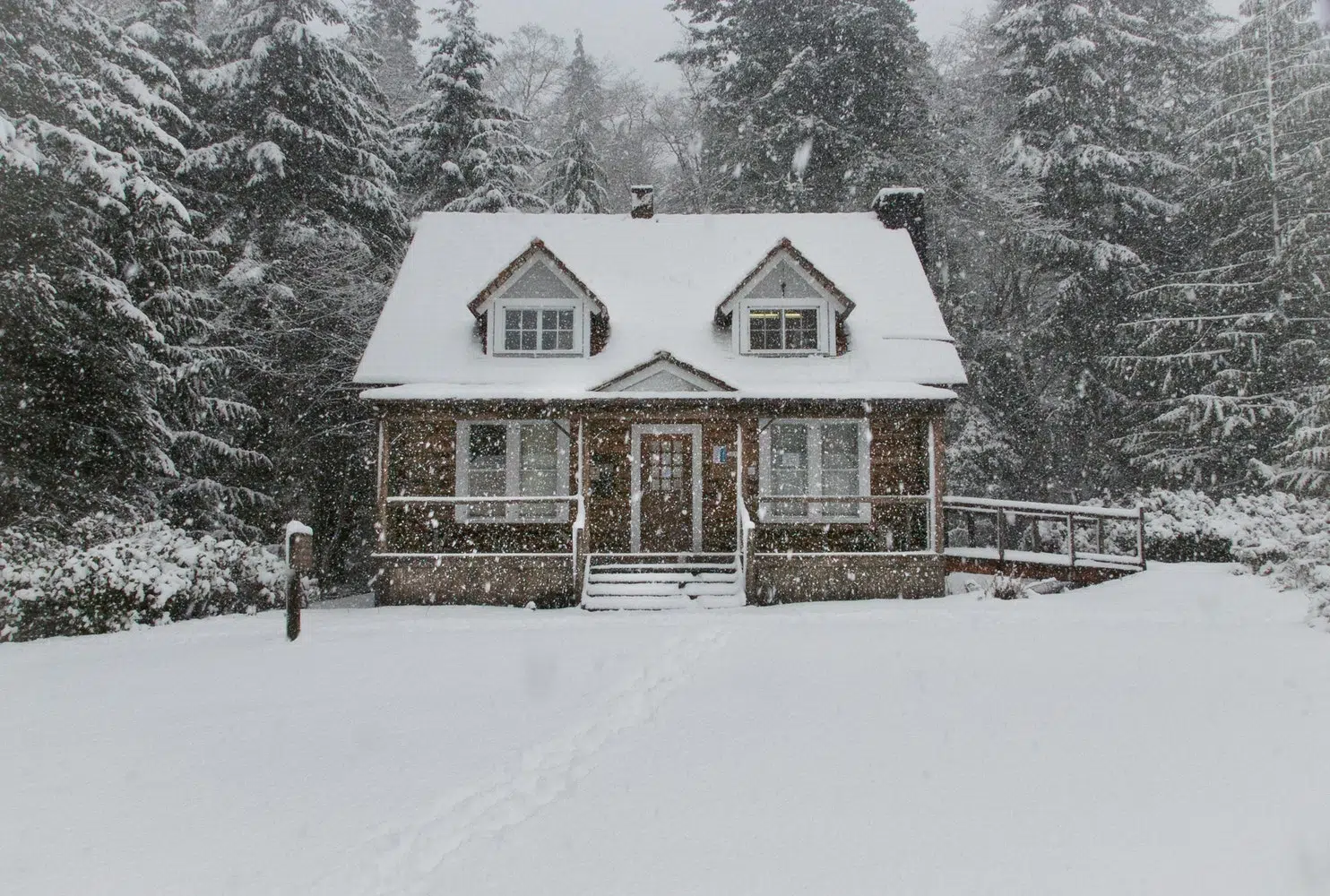
Table of contents
Keeping your home in the best shape possible should be a priority. Not only because you want your investment to become more valuable over time, but also because it is the place where you live, after all.
Smaller touches, like painting or landscaping, are low-cost projects which can usually be paid in cash or with your credit card. However, it gets trickier and pricier when you must take on a major project, such as remodeling the kitchen or renovating your bathroom. Improvements to your home will only increase its value, but what do you do when you don’t have that kind of money available? In this article, we break down some of the best options available to homeowners who may need to borrow some additional capital to cover these home improvement costs.
Key Takeaways
- Using your home equity can be a good option if you have enough equity and can afford to refinance your home.
- Alternatively, a home equity line of credit, or HELOC, is a revolving line of credit guaranteed by your home, which can be put towards home improvements.
- Another option is to apply for a personal line of credit or a personal loan dedicated to home improvements.
Financing Your Home Renovations
Home renovations can be a significant investment, but they can also significantly improve the value and comfort of your home. If you are considering making some renovations to your home, you may be wondering how to finance the project. Fortunately, there are several options available to homeowners looking to finance their home renovations.
One option is to use savings or personal funds to finance your home renovations. If you have saved up a significant amount of money, this can be a great way to avoid taking on any additional debt. However, not everyone has enough savings to cover the cost of a major renovation project.
Another option is to take out a home equity loan or line of credit. These types of loans allow you to borrow against the equity you have in your home. This can be a good option if you have enough equity and can afford the monthly payments. However, it is important to consider the potential risks of using your home as collateral.
A third option is to apply for a personal loan. Personal loans can be used for a variety of purposes, including home renovations. This type of loan typically has a fixed interest rate and repayment term, making it easier to budget for the project. However, it is important to shop around for the best interest rates and terms before committing to a loan.
Funding a High-cost Home Improvement Project
Before embarking on a home renovation project, it is wise to take into account the following factors:
What is your intended duration of stay in your current home?
If you plan on residing there for several years, your personal needs and preferences for your living space often take precedence over increasing its resale value.
However, if your primary goal is to enhance the resale value of your home, it is advisable to focus on renovations that offer the highest potential return on investment. It would be unwise to invest in renovations that potential buyers are unlikely to pay a premium for.
Additionally, it is worthwhile to assess the amenities offered by other houses in your neighbourhood. While it is beneficial to bring your home up to par with the local standards, you should avoid making it the most expensive property on the street. Seeking guidance from a real estate agent can greatly assist you in making informed decisions.
How do you plan on financing the renovations?
Ideally, paying in cash would be the optimal choice. However, before liquidating your assets, it is crucial to carefully evaluate the financial implications. Depending on the nature of your investments, cashing out may not be the most advantageous option. It is important to conduct thorough calculations and consider alternative financing methods that align with your best interests.
Funding a Low-cost Home Improvement Project
If you are looking to finance a mid-size home improvement project, a line of credit or a personal loan might be better suited for your needs. It is very common for banks and financial institutions to issue lines of credit or personal loans for renovations. This is an especially beneficial option if you are in good financial standing and have a good credit score, as this will increase your borrowing power and your likelihood of getting a lower interest rate.
If you are looking to finance a small home improvement project (less than $5000), it is recommended that you pay for it on a credit card or use cash funds.
Understanding How Much Equity You’ve Built Into Your Home
Equity is the difference between your home’s current market value, as appraised by the lender, and the remaining balance on your current mortgage loan. If you owe $100,000 on a property with an appraised value of $300,000, the equity stands at $200,000. However, this does not mean that the entire equity on your home is at your disposal.
In Canada, the total of your outstanding mortgage loan balance and the amount you borrow against the equity can not exceed 80% of the property’s current market value.
In our example cited above, the maximum amount you could borrow would be $140,000:
Market value: $300,000
80% of market value: $240,000
Mortgage loan balance: $100,000
Equity available for refinancing: $140,000
Once you’ve figured out how much money you can borrow, you need to choose how you will go about borrowing this amount. There are a few options available to you, each with its pros and cons.
Best Ways to Finance Home Renovations in Canada
If you are looking to finance your home renovations, here are some popular financing avenues to consider.
1. Use a HELOC to Finance Home Renovations
A home equity line of credit, or HELOC, is a revolving line of credit guaranteed by your home. The interest rate on a HELOC is higher than a mortgage, but lower than a traditional line of credit (or a credit card). In Canada, the amount which can be made available through a HELOC is limited to 80% of the appraised value of your property; some lenders, however, will limit the amount to 65% of the value.
Using our previous example, you would be able to borrow a maximum of $95,000:
Market value: $300,000
65% of market value: $195,000
Mortgage loan balance: $100,000
HELOC maximum: $95,000
A HELOC works like a credit card. The entire credit amount is made available to you upfront. You can use as much or as little as you desire, and you will only pay interest (calculated daily) on the amount of money you withdraw.
As is the case with credit cards, you must make a monthly minimum payment on the balance of your HELOC. This minimum payment is equivalent to the amount of interest accrued on the amount borrowed. If you borrowed $10,000 on your HELOC, at 5% interest, your minimum monthly payment would be set at approximately $41.
A few things to remember if you’re considering a HELOC:
- You are not breaking your mortgage by opening a HELOC, which means you won’t need to pay a mortgage penalty or closing fees. However, the bank will need to appraise your property, and will likely pass the cost on to you. Also, in most cases, you will require legal services in order to register a HELOC on your property (some lenders will agree to pay for these services).
- The interest rate on a HELOC is a variable. It is attached to the prime rate, but its relationship to prime does not always stay the same. HELOC rates are set at prime + a number (current the most common adjustment is + .50%, but it could be higher or lower depending your situation and the lender) and your lender has the right to change that number at anytime, without prior notice.
- HELOCs are not offered by all lenders. Consult with your nesto mortgage advisor to find out if this solution is offered by your lender.
2. Contract a Second Mortgage
When you contract a second mortgage, you’re basically taking out an additional loan on a property which is already mortgaged.
This is the most expensive solution as it is riskier for a lender than the first mortgage. The lender of this second mortgage finds himself in second position on the title. If you default on your payments, and it goes into foreclosure, the lender of the first mortgage will always be paid out first.
This explains why, on average, interest rates for a second mortgage are typically set between 8% and 12%. Lenders will often charge a fee based on the amount of this second mortgage.
A second mortgage is used by borrowers who don’t have enough equity built into their property to take advantage of a HELOC. Borrowers interested in a second mortgage will need to qualify again for this loan dependant on the lenders criteria, and pay for all associated fees (appraisal, lawyer, etc.) either out of pocket or absorbing into the new loan.
3. Use a Personal Loan
If you don’t have enough equity on your home, and lenders aren’t satisfied with your credit history, contracting a personal loan may be a valid option for you. A personal loan requires no guarantees or proof of insurance like a mortgage typically would, this is known as an unsecured loan.
Since it is unsecured, a personal loan will typically carry a higher interest rate. Additionally, there are no early payment penalties. You can decide between a fixed rate loan or a variable rate loan. Terms usually go from 1 to 5 years.
4. Use a Personal Line of Credit
As opposed to a HELOC, a personal line of credit is not secured by the value of your property. Because the lender has no guarantee in the event you default on your payments, the interest rate will be higher than the rate on a HELOC.
In most instances, you can expect the interest rate on your personal line of credit to be set at prime + a few percentage points. The rate may therefore vary from month to month according to the prime rate.
5. Refinance Your Mortgage
Refinancing allows homeowners to access the equity they have built up in their homes and use it to fund their renovation projects. The more equity you have, the more funds you can potentially access for your renovations. So, before considering a refinance, it’s important to assess your home’s current value and determine how much equity you have built up.
6. Get an Energy-efficient Grant
An energy-efficient grant for homes in Canada is a financial assistance program aimed at encouraging homeowners to make energy-efficient improvements to their homes. These grants are typically provided by government agencies or utility companies and are designed to help homeowners offset the costs of making energy-saving upgrades. The main objective of these grants is to promote sustainability, reduce greenhouse gas emissions, and lower energy consumption.
To qualify for an energy-efficient grant, homeowners must meet certain criteria, which may include the type of home improvement being made, the age of the home, and the energy efficiency goals of the program. Common home improvements that are eligible for grants include insulation upgrades, window replacements, installation of energy-efficient heating and cooling systems, and the use of renewable energy sources such as solar panels.
Frequently Asked Questions
What is a readvanceable mortgage?
A readvanceable mortgage is a type of mortgage that allows homeowners to access the equity in their property as it increases over time. This type of mortgage combines a traditional mortgage loan with a home equity line of credit (HELOC). With a readvanceable mortgage, homeowners have the ability to borrow against the equity they have built up in their home, making it a flexible financing option. As the homeowner pays down the mortgage principal, the available credit in the HELOC increases, allowing them to borrow more if needed. This can be particularly useful for homeowners who may need additional funds for renovations, education expenses, or other financial needs. Overall, a readvanceable mortgage offers homeowners the convenience and flexibility of accessing their home equity as it grows.
What is home equity and how do I use it?
Equity is the value or share of something owned by a person or a company. The best way to define the equity in a property or home is the difference between the value of your home and the amount of money you still owe to your mortgage lender(s). In other words, home equity is the value of your ownership stake.
A home equity loan is a loan that allows you to borrow money against the equity in your home. It can be a second mortgage, loan, line of credit or a combination of secured lending products. It is often called and can be taken as a second mortgage. These secured credit facilities usually have lower interest rates than personally guaranteed, making them an attractive option for many homeowners.
What are the rates of home improvement loans?
Home improvement loan rates will depend on current interest rates, as well as the type of loan. Since home improvement loans can be secured loans (with collateral) or unsecured loans (no collateral), interest rates can vary significantly between cases.
Final Thoughts
In conclusion, there are several ways to finance your home renovations. Whether you use savings, take out a home equity loan, or apply for a personal loan, it is important to carefully consider your options and choose the financing method that best fits your needs and financial situation.
Ready to get started?
In just a few clicks, you can see our current rates. Then apply for your mortgage online in minutes!


